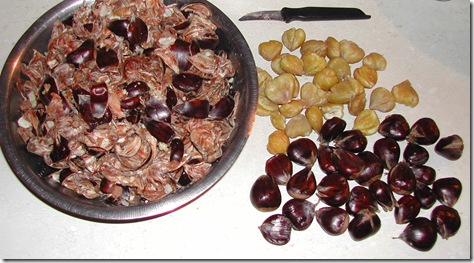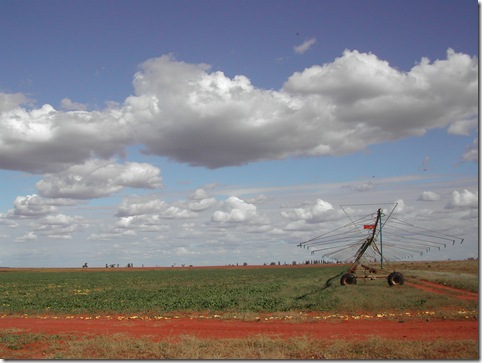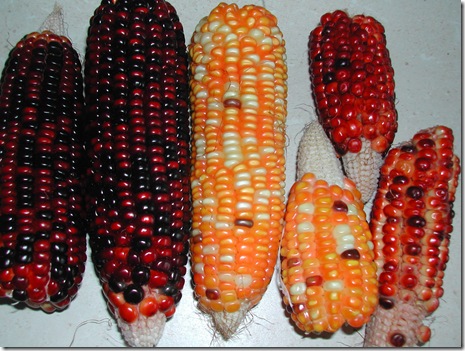 And here is the 'leftover' patch. All Purple Monaro, I just didn't have room in the long bed for them.
And here is the 'leftover' patch. All Purple Monaro, I just didn't have room in the long bed for them.
 And here is the 'leftover' patch. All Purple Monaro, I just didn't have room in the long bed for them.
And here is the 'leftover' patch. All Purple Monaro, I just didn't have room in the long bed for them.
The chestnuts are falling, and we’re busy harvesting and processing them.
Peeled chestnuts can be stored in the freezer, then used in stuffing, soups, dips and even salads. Here’s Hugh Fearnley-Whittingstall’s chestnut stuffing recipe
This ‘sweet chestnut’ tree was originally planted by our Italian neighbours. When it failed to produce useful crops of nuts, they brought in a friend-of-a-friend who cut the tree back and grafted a better quality chestnut onto the stumps. Since then, excellent crops occur every year without our having to prune the tree or water it throughout summer. (It’s roots go very deep, we imagine, and our heavy red water-holding clay soils support all sorts of fruit trees through long dry summers).
Our Italian neighbours are long gone, and the tree stands on our fence line in the yard of one-of-two rented houses built where their magnificent productive garden used to be. Only this tree and a huge avocado remain. The prickly nuts fall on our concrete driveway, but are too spiky to pick up by hand. So we just roll them underfoot with our boot, releasing the shiny brown nuts. These are slit with a sharp knife at the top to aid peeling, then simmered gently to soften the husk, which is removed and composted.
 Sauté mushrooms with garlic, onion and good bacon. Season with salt & pepper, add heaps of freshly chopped parsley. Add slices of bread to pan, fry on one side, slide over. Top with mushrooms, then grated cheese. Slide under grill until cheese is melted and golden brown. Enjoy!
Sauté mushrooms with garlic, onion and good bacon. Season with salt & pepper, add heaps of freshly chopped parsley. Add slices of bread to pan, fry on one side, slide over. Top with mushrooms, then grated cheese. Slide under grill until cheese is melted and golden brown. Enjoy!
The cooler weather has arrived, and I’m planting out my German cabbage seeds for next year’s sauerkraut production. These uniquely German large white conical cabbages are grown in the area known as the Fildern to the south of Stuttgart in southern Germany. One of the local towns is called Filder, which literally means ‘fields’ in old German. The cabbages themselves are called Filder-Spitzkraut
I’ve been fortunate to be able to bring seeds of this wonderful cabbage back into Australia, and have grown them on for a few years now to build up my seed stock. I’ll have these available at the next Seed Savers meeting.
In the meantime, here’s our previous post about how we make, use and store sauerkraut from the Hills And Plains Seed Savers blog.
Since then we’ve discovered a source of wide-mouthed ‘Mason Jars’ available in Australia that would be suitable for storing sauerkraut.
On the flat plains north of Griffith in New South Wales I found this massive crop of gherkins (small cucumbers used for pickling) growing under a travelling irrigator. Note that the cucumbers just sprawl across the ground – no trellising is involved.

I didn’t enter the property from the public road, but the photo suggests that the crop has been harvested and that only on few hundred sad gherkins now reside at the edges. Nevertheless, the sheer scale of the operation was impressive. Someone told me that these gherkins are grown for and sold to a single customer – McDonalds - to meet their needs throughout Australia.
 See the humps? You can bet your mushroom knife that there are pine mushrooms hidden underneath.
See the humps? You can bet your mushroom knife that there are pine mushrooms hidden underneath. Remove the (sometimes very thick) layer of pine needles.
Remove the (sometimes very thick) layer of pine needles. Cut the stem close to the ground, brush off the worst of the dirt with a pastry brush. Trust me! It is worth doing it right now! When you get home, you will be very grateful that you have cleaned off the worst of the dirt. All you then need to do is wipe the caps with a damp cloth, if there is still some soil, etc. left on them. Place the mushrooms in a basket or paper bag - plastic bags are not good.
Cut the stem close to the ground, brush off the worst of the dirt with a pastry brush. Trust me! It is worth doing it right now! When you get home, you will be very grateful that you have cleaned off the worst of the dirt. All you then need to do is wipe the caps with a damp cloth, if there is still some soil, etc. left on them. Place the mushrooms in a basket or paper bag - plastic bags are not good.One of the most colourful vegetables one can grow in a kitchen garden is ‘Aztec maize’; the original form of maize (or corn) used by the ancient Aztec cultures in making tortillas and tamales. Unlike sweet corn, maize is generally not eaten fresh, but ground into flour for cooking. Mixing this flour with lime (calcium carbonate) allows more of the protein and vitamins in the maize to be released (see Aztec cooking).
 Aztec maize also makes a decorative gift from gardeners to cooks and friends; its hard kernels means it stores well in open air, making a pretty display in some unused corner of the kitchen, or as a centrepiece on the kitchen table.
Aztec maize also makes a decorative gift from gardeners to cooks and friends; its hard kernels means it stores well in open air, making a pretty display in some unused corner of the kitchen, or as a centrepiece on the kitchen table.